“Exposure to great art provides an invitation. It draws us forward and opens the doors of possibility.” — Rick Rubin, The Creative Act: A Way of Being
George Lucas has stated in numerous interviews that The Hidden Fortress by Akira Kurosawa was a major influence on Star Wars. I became aware of Kurosawa’s influence on Star Wars in the late 90s, but until recently, I had only seen one Kurosawa film, Rashomon. Recently, I watched The Hidden Fortress to better understand the connection between it and Star Wars.
Released on December 28, 1958 in Japan and produced by Sanezumi Fujimoto and Akira Kurosawa for the Toho Company, The Hidden Fortress was the fourth highest grossing film in Japan that year. The film went on to receive a lukewarm reception in the early 60s in the U.S, but it aged well with critics, who, in subsequent years, warmed up to it considerably.
The Hidden Fortress is about Tahei and Matashichi, two peasants who sold everything they owned to fight in the war between the Yamana and Akizuki clans, hoping only to make a fortune. The Yamanas capture them, mistake them for Akizukis, and imprison them, forcing them to dig for rumored gold hidden in the Akizuki stronghold. They escape and discover that the Akizuki gold is actually concealed in pieces of wood. Makabe Rokurota, an Akizuki general, befriends Tahei and Matashichi and announces that they must travel to the safe land of Hayakawa. They escort Princess Yuki to Hayakawa, but she pretends to be mute, and Rokurota sends a decoy Princess to be executed so the Yamanas think that the Princess is dead. The band carries the hidden gold on horses. On the way, Rokurota meets his archenemy, Hyoe Tadokoro, and they have a sword fight–Rokurota wins. The group is eventually captured by the Yamanas, but Tadokoro has a change of heart and helps the group flee to safety. In the fray, Tahei and Matashichi find themselves lost in Hayakawa but stumble upon the lost gold. Hayakawa soldiers arrest them for being thieves. When brought before Hayakawa justice, the figures in power are actually Rokurota and Princess Yuki. They give Tahei and Matashichi a bar of gold to share.
The most striking similarity between The Hidden Fortress and Star Wars is the resemblance between Tahei & Matashichi and C-3PO & R2-D2. Both the Hidden Fortress and Episode IV and VI of Star Wars, open with these two lesser characters bickering and, in so doing, frame the story. However, the characters in each are different in that Tahei & Mataschichi are fatally shortsighted in their choices while C-3PO & R2-D2 are highly intelligent, but treated as lesser sentient beings. A second similarity is the wide, sweeping shots in both films. But Kurosawa’s doesn’t use special effects. A third similarity is the loose analogs between Kenobi and Rokurota, Leia and Kuki, and Vader and Tadokoro. But beyond the simple archetypes, the characters in each are quite different.
The Hidden Fortress surprised me. I expected it to be some kind of big Death Star-like adventure but it was much more pastoral. The Hidden Fortress resembles Star Wars Episode I more than any of the other Star Wars films, especially the scenes from Naboo.
